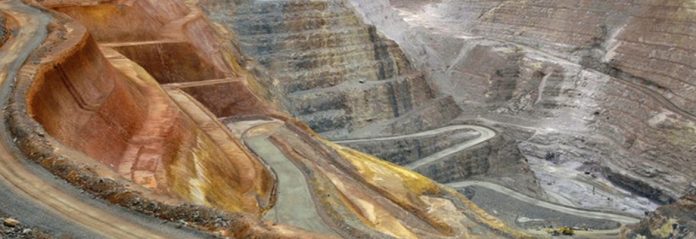- Advertisement -
KOHAT, Oct 25 (APP):For generations, the sun-scorched riverbeds of Kohat whispered tales of hidden gold. Local prospectors, armed with little more than sieves and instinct, would wade into the Indus and its tributaries, sifting through silt in search of glimmers of fortune. These gold collectors—often entire families—formed a quiet but the resilient backbone of Kohat’s informal mining economy.
Today, that legacy stands at a crossroads. In a landmark move, the Khyber Pakhtunkhwa government has announced the auction of six gold-rich mining blocks in the Kohat region, each valued at over Rs 4.22 billion. The initiative, part of a broader mineral development strategy, aims to formalize extraction, attract investment, and boost provincial revenues.
“These blocks are not just about minerals—they’re about unlocking the economic potential of our region,” said a senior official from the KP Minerals Department. “We’re inviting SECP-registered companies to participate in a transparent, competitive bidding process.”
The shift marks a significant departure from the past. For many traditional gold collectors, the move is bittersweet. While some welcome the promise of jobs and infrastructure, others fear the erasure of a way of life rooted in ancestral knowledge and self-reliance.
“I learned to read the river from my father,” said Gul Rahman, a 62-year-old collector from the outskirts of Kohat. “We never got rich, But we lived with dignity. Now, machines will do what our hands once did.” The government has pledged to include local communities in the new mining framework, offering training and employment opportunities. Yet, questions remain about environmental safeguards, equitable profit-sharing, and the fate of those who once called the river their livelihood.
As Kohat stands on the brink of a gold rush reimagined, the story of its collectors, past and present, remain etched in the soil, waiting to be honored.

